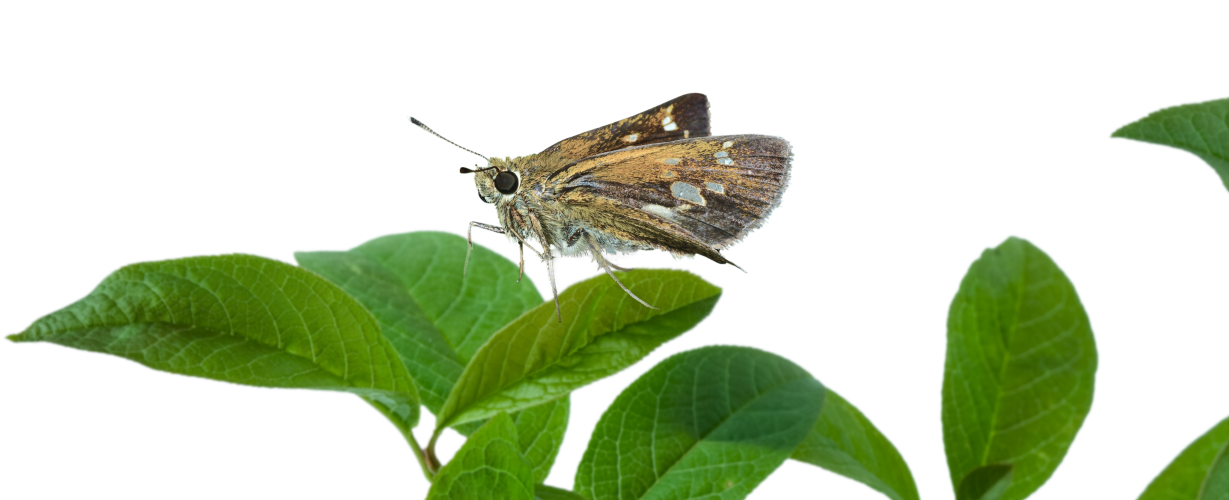Moth Pest Control Sydney



The scientific name for a moth is Lepidoptera, and these insects can be found all across the globe. Moths come in a wide variety of shapes, sizes, and colours, though they are typically nocturnal and prefer dark and quiet environments. In particular, moths can be a major issue in New South Wales, Australia.
These insects are attracted to light sources such as streetlights and porch lights, where they can quickly spread disease by spreading their hairs and excrement onto plants and other objects. Additionally, moth larvae can also cause significant damage to agricultural crops such as wheat, corn, and cotton by feeding on their leaves and seeds. Because of these factors, it is important for people living in NSW to take steps to control the spread of moths within their communities and call us for a moth pest control service.
A moth is a small, winged insect with a distinct appearance that ranges from 8 cm to 12cm long. Generally, moths come in a variety of colours, ranging from brown and tan to black and white. They typically have four legs and two pairs of wings, as well as other distinct body parts such as antennae and compound eyes. While the precise number of body parts differs depending on the species, most moths possess these key features.
The main sensors of a moth are its eyes, antennae, and wings. These sensory organs play a crucial role in the mammal's ability to navigate its environment and find food.
The eyes of a moth are highly sensitive, helping it to detect even the faintest of light sources in its surroundings. Thanks to their large pupils and remarkable vision, moths can pick up on subtle changes in colour and brightness that occur during the day and night. Additionally, their ability to see UV light enables them to accurately orient themselves about the sun and other celestial bodies.
In addition to their excellent eyesight, moths also rely heavily on their antennae for navigation. These delicate organs contain thousands of tiny hairs with sensitive nerve endings at their tips that can detect minute vibrations in the air around them. This allows moths to sense wind speed as well as obstacles or prey in their path, allowing them to easily fly around or catch their next meal.
Finally, moths use their wings not only for flight, but also for temperature regulation and hearing. Their broad wings allow them adjust quickly to sudden changes in temperature, while complex veins and fibers within the tissue act like an internal sound system that allows them to readily detect the cries of other moths from long distances away.
Moths go through a complex life cycle that consists of several different stages that include egg, larvae, pupa and then adult.
The egg phase lasts until the larvae hatch, which can take anywhere from a few days to several months.
The larval stage is a period of voracious feeding and growth, which can last from three weeks to several months, and during which the caterpillar develops and prepares for the next phase.
In the pupa stage, the caterpillar transforms into an adult moth, undergoing significant physical changes including reconfiguring its internal organs and forming its adult body.
The adult stage is the most active stage, during which the moth feeds, reproduces, and adapts to its environment, with a lifespan ranging from a few days to several weeks or even months.
One of the first signs that you have a moth infestation in your home is the presence of webbing or other damage on clothes and furniture. Moths thrive in dark, damp environments, making them particularly attracted to clothes that have been left unmoved in storage for long periods of time.
Another telltale sign is damage to fabrics such as carpets, curtains, and bedding, where moths leave behind irregularly-shaped holes and markings.
In addition, you may notice the familiar tickling feeling of tiny moths crawling on your skin or clothing when you are inside your home.
Other common warning signs include discoloration of fabric due to body fluids from a moth larva or hatching cocoon, as well as clusters of eggs or pupae in fabric folds or crevices.
the presence of caterpillars in large numbers indicates a moth infestation
increased number of pests in around the commercial property such as mice, ants or other insects attracted to the findings from the moth infestation
If you suspect that you have a moth infestation in your home, it is important to take action right away to eliminate these unwanted pests before they cause permanent damage to your property.
When it comes to moth pest control for moth infestations, there's no one better than E1 Pest Solutions. With decades of experience and a proven track record of success, we know exactly how to handle even the most challenging moth infestations for residential and commercial properties. Our team includes certified pest control specialists, who are highly skilled in both identifying and removing moths from your home or business. Whether you're dealing with light brown apple moths, brown house moths, luna moth or Indian meal moths, we'll use proven methods to eliminate them completely, so you can rest assured that your property will be safe from these moth species. So if you're looking for effective moth control services, look no further than E1 Pest Solutions! We guarantee for effective moth removal and tips to prevent future moth infestation as an essential service.
We'll be happy to answer any of your questions and help you find the best solution for your team today. Thank you for choosing E1 Pest Control Services!